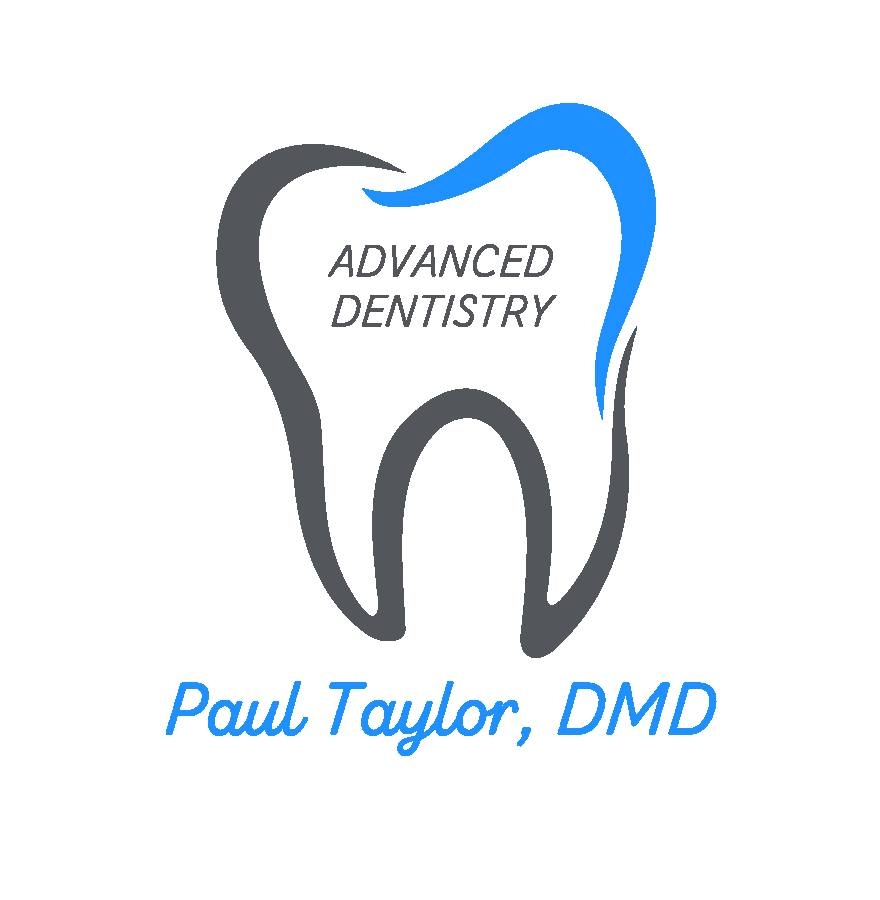 Are you embarrassed to show your smile because of missing teeth? For many people, missing teeth can create a feeling of diminished self-confidence. Modern dentistry can not only replace the gaps in your smile, our team can also create long-term replacements that look and feel just like your natural teeth. You have options. Here are a few of the most common tooth replacement solutions.
Are you embarrassed to show your smile because of missing teeth? For many people, missing teeth can create a feeling of diminished self-confidence. Modern dentistry can not only replace the gaps in your smile, our team can also create long-term replacements that look and feel just like your natural teeth. You have options. Here are a few of the most common tooth replacement solutions.
Dentures
Dentures are a solution for those who have lost many or all their teeth. They create a realistic, aesthetically pleasing smile. They are ideal for patients that are missing multiple teeth on either the top or bottom. Our team will start by taking an impression of your mouth. We will then send the impression to a lab for a customized set of dentures to be created. Once your dentures are ready, we will ensure a proper fit and make any necessary adjustments. Dentures should be cleaned regularly with a non-abrasive cleanser. Our team will provide you with all the information you need to take care of your dentures.
Bridges
You may have heard of dental bridges referred to as partial dentures. Dental bridges are a replacement solution for one or more missing teeth. They help prevent your existing teeth from shifting into the empty gaps of your missing teeth. Bridges utilize your surrounding teeth as an anchor for your replacements. Our team can match the bridge to look like your natural teeth; no one will even notice the difference.
Dental Implants
Dental implants are a long-lasting tooth replacement option. Unlike dentures, which may require replacement, dental implants can last a lifetime with proper care. Our team will ensure your gum tissue is healthy enough with adequate bone support to anchor the implant. For some patients, additional preparations may be necessary such as a bone graft to guarantee your implant has a strong, stable foundation.
The gaps in your smile can be filled. Our team can help you decide on a tooth replacement solution based on your individual needs. It is important to fill the gaps of missing teeth to prevent deterioration to your gums and the shifting of teeth into these empty spaces. Additionally, tooth replacement solutions such as dentures, bridges, or implants can help improve your speech and comfort.
If you are missing teeth, we invite you to schedule a consultation with our team.
Paul Taylor, DMD- Advanced Dentistry
4320 Genesee Ave., Suite 101, San Diego, CA 92117
(858) 496-7521


 There are over 12 million new cases of cancer diagnosed each year. There are a large variety of different kinds of cancer, some of which are more preventable than others. It might seem obvious that brushing and flossing each day as well as avoiding tobacco can help protect you from oral cancer. However, there are types of oral cancer and other cancers that can be prevented through optimal oral care as well.
There are over 12 million new cases of cancer diagnosed each year. There are a large variety of different kinds of cancer, some of which are more preventable than others. It might seem obvious that brushing and flossing each day as well as avoiding tobacco can help protect you from oral cancer. However, there are types of oral cancer and other cancers that can be prevented through optimal oral care as well. Our patients primarily seek out dental implants for two reasons: cosmetic and oral health. If you have lost a tooth due to injury, you may not be pleased with the overall appearance of your mouth and may be looking to improve your smile. Additionally, missing teeth—or even just one tooth—can have detrimental effects on your oral health, affecting how you chew and speak. If left for too long, it can also lead to shifting teeth and bone loss.
Our patients primarily seek out dental implants for two reasons: cosmetic and oral health. If you have lost a tooth due to injury, you may not be pleased with the overall appearance of your mouth and may be looking to improve your smile. Additionally, missing teeth—or even just one tooth—can have detrimental effects on your oral health, affecting how you chew and speak. If left for too long, it can also lead to shifting teeth and bone loss. Your smile is one of the first things a person will notice when you meet. If you would like to improve your smile with a simple procedure, teeth whitening may be a great option for you, especially if you have stained, dull or discolored teeth. Our dental office is providing teeth whitening services to new and existing patients.
Your smile is one of the first things a person will notice when you meet. If you would like to improve your smile with a simple procedure, teeth whitening may be a great option for you, especially if you have stained, dull or discolored teeth. Our dental office is providing teeth whitening services to new and existing patients. Determining Which Type of Denture is Best for You
Determining Which Type of Denture is Best for You  Did you know that chocolate might not be as bad for your teeth as people may have thought? You can now eat your favorite treat without feeling guilty. Studies have shown that there are benefits to eating chocolate, however, not all chocolate is created equal. It is important to note that these benefits apply to dark chocolate, not milk chocolate or white chocolate. Dark chocolate is rich in Fiber, Iron, Magnesium, Copper, Manganese and a few other minerals.
Did you know that chocolate might not be as bad for your teeth as people may have thought? You can now eat your favorite treat without feeling guilty. Studies have shown that there are benefits to eating chocolate, however, not all chocolate is created equal. It is important to note that these benefits apply to dark chocolate, not milk chocolate or white chocolate. Dark chocolate is rich in Fiber, Iron, Magnesium, Copper, Manganese and a few other minerals. Do you have white spots on your teeth? Are your teeth quite sensitive? Do your teeth have cracks, chips, or indentations? If yes, then you may be experiencing enamel erosion.
Do you have white spots on your teeth? Are your teeth quite sensitive? Do your teeth have cracks, chips, or indentations? If yes, then you may be experiencing enamel erosion. With a busy schedule, it may be a challenge to schedule your routine dental visit or you may just forget about it altogether. Remember that prevention is protection. For most patients, we recommend you visit us at least every six months. More frequent visits may be necessary if you are at a higher risk for oral health complications. Here is why regular professional cleanings and exams are important.
With a busy schedule, it may be a challenge to schedule your routine dental visit or you may just forget about it altogether. Remember that prevention is protection. For most patients, we recommend you visit us at least every six months. More frequent visits may be necessary if you are at a higher risk for oral health complications. Here is why regular professional cleanings and exams are important. While brushing or flossing your teeth, do you notice blood on your toothbrush or in the sink? Swollen, red, or tender gums can bleed when brushing or flossing, even if you are brushing gently. While it may seem harmless, it is important that you do not ignore these symptoms as they may be signs of a more serious issue. Here are four reasons why your gums may be bleeding, and what you can do for prevention.
While brushing or flossing your teeth, do you notice blood on your toothbrush or in the sink? Swollen, red, or tender gums can bleed when brushing or flossing, even if you are brushing gently. While it may seem harmless, it is important that you do not ignore these symptoms as they may be signs of a more serious issue. Here are four reasons why your gums may be bleeding, and what you can do for prevention. Calcium is an important mineral for building strong, healthy teeth. Not everyone can tolerate the lactose found in dairy, which is often a prime source for calcium. There are a wide variety of options available to get the calcium you need. Here are six options rich in calcium:
Calcium is an important mineral for building strong, healthy teeth. Not everyone can tolerate the lactose found in dairy, which is often a prime source for calcium. There are a wide variety of options available to get the calcium you need. Here are six options rich in calcium: